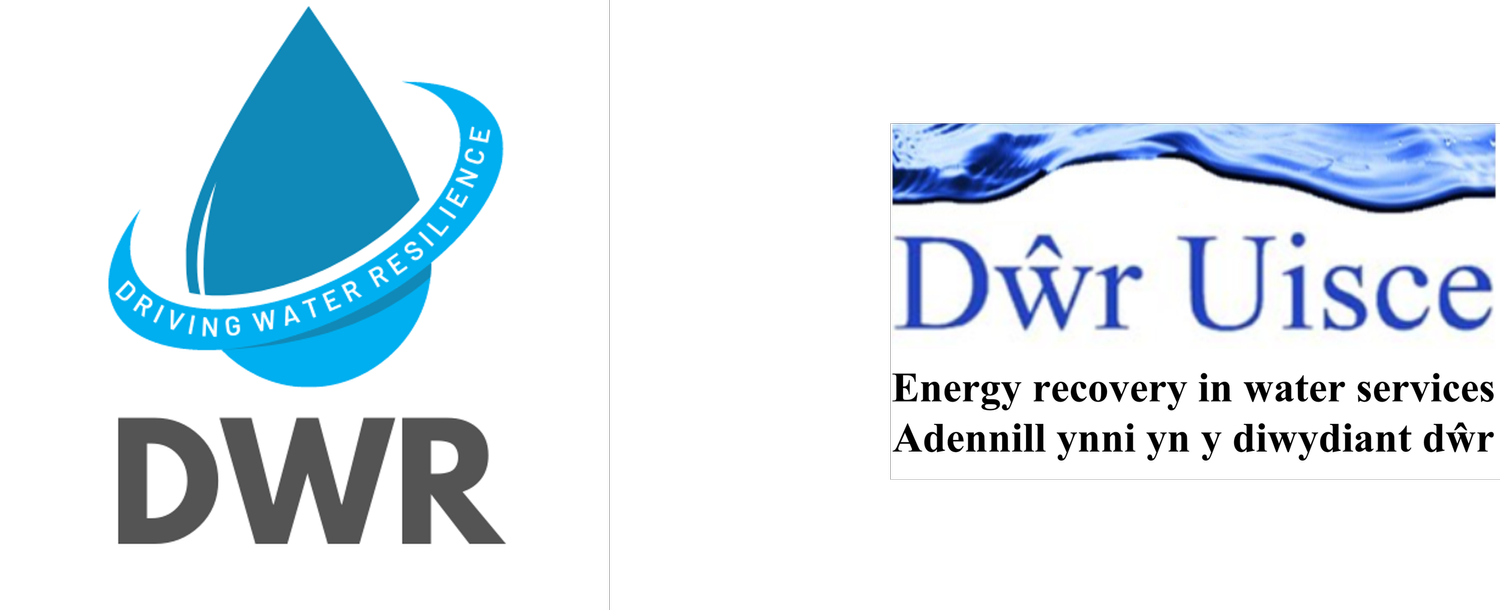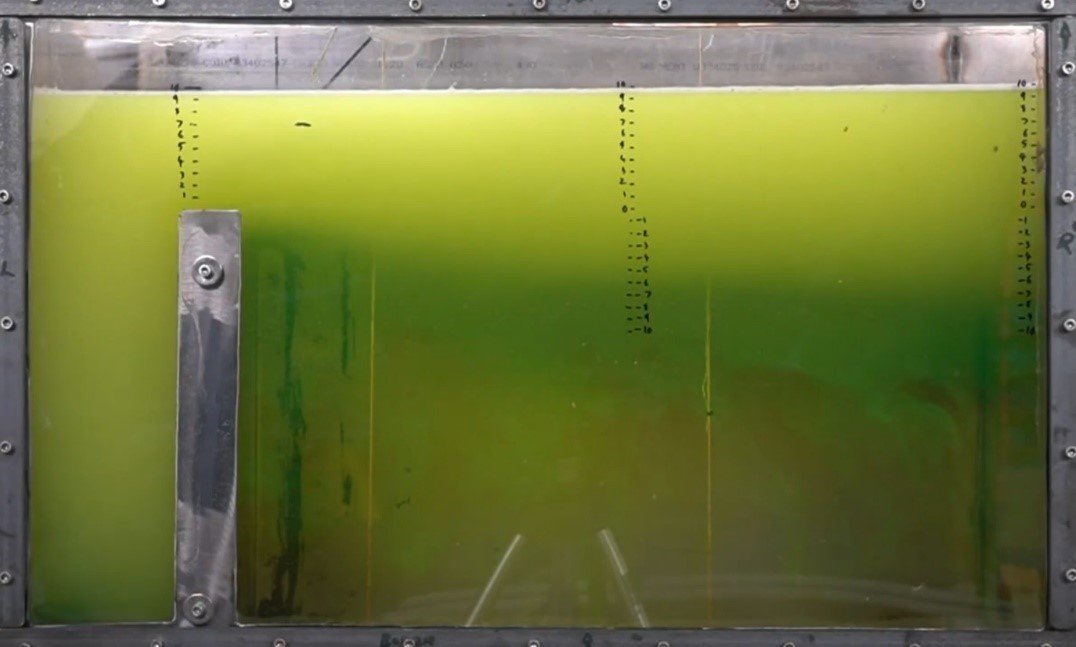Isabel Schestak
Water heating is the most energy and carbon intensive process along the domestic water chain, responsible for more carbon emissions than water supply or wastewater treatment.
The Hot Water Forum 2022, organised by the American Council for an Energy-Efficient Economy (ACEEE), brought together manufacturers, researchers and policy makers to exchange knowledge and collaborate towards a low-carbon future for water heating.
Our team member Isabel attended the virtual conference in March which informed about new technologies, best practices and case studies for domestic and commercial water heating, focusing mainly on heat pumps and solar water heating. It offered a range of live presentations and panel discussions, as well as pre-recorded sessions. Heat pumps were said to be the fastest growing renewable water heating technology.
A study by Claire Miziolek from Energy Solutions on water heating in Massachusetts forecasted heat pumps and electric water heaters to be the almost exclusive sources for hot water in 2050. Heat pump systems in many different configurations and running on different energy sources were presented, such as heat pumps suitable to run on 120V instead of 240V electricity, or heat pumps using gas or hydrogen as energy source. A case study from California showed great energy and carbon emission benefits where a heat pump was used by several apartments together instead of using an individual heat pump per apartment.
Thank you to our funders from the European Regional Development Fund for the opportunity to attend the conference!



















